Introduction:
Imagine you have a magic box – your computer! This incredible device can do so many things, from playing games to helping you with your homework. But have you ever wondered why your computer needs both hardware and software to work its magic? Let’s embark on a fascinating journey to understand the difference between hardware and software.
Understanding Hardware:
Hardware is like the skeleton of your computer. It’s the physical stuff you can touch and see. Think of it as the bones and muscles that make your computer strong and powerful.
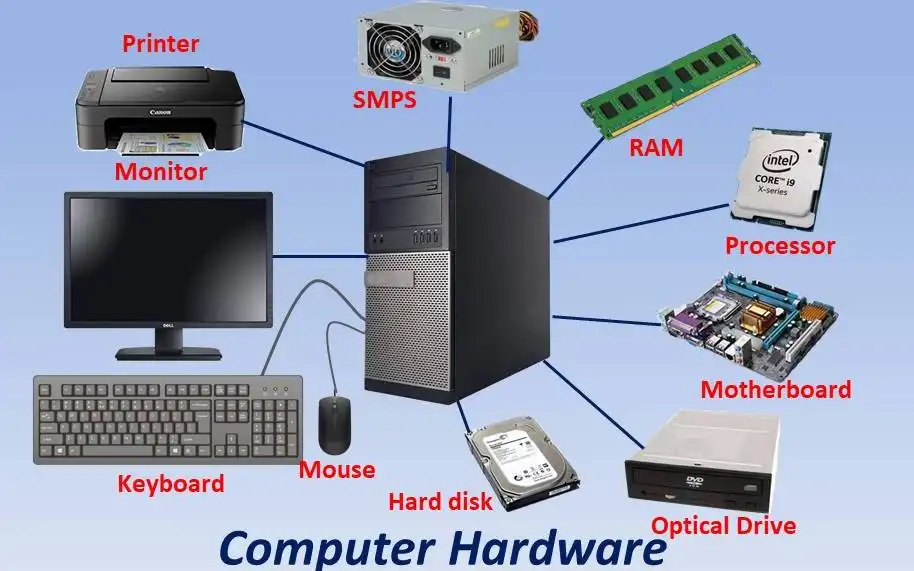
Inside the Magic Box:
When you look inside your computer, you’ll find amazing hardware components. The central processing unit (CPU) is like the brain, making decisions and doing calculations. The memory (RAM) is like the computer’s short-term memory, helping it perform tasks quickly. The hard drive is like a giant storage box where your games, pictures, and videos live.
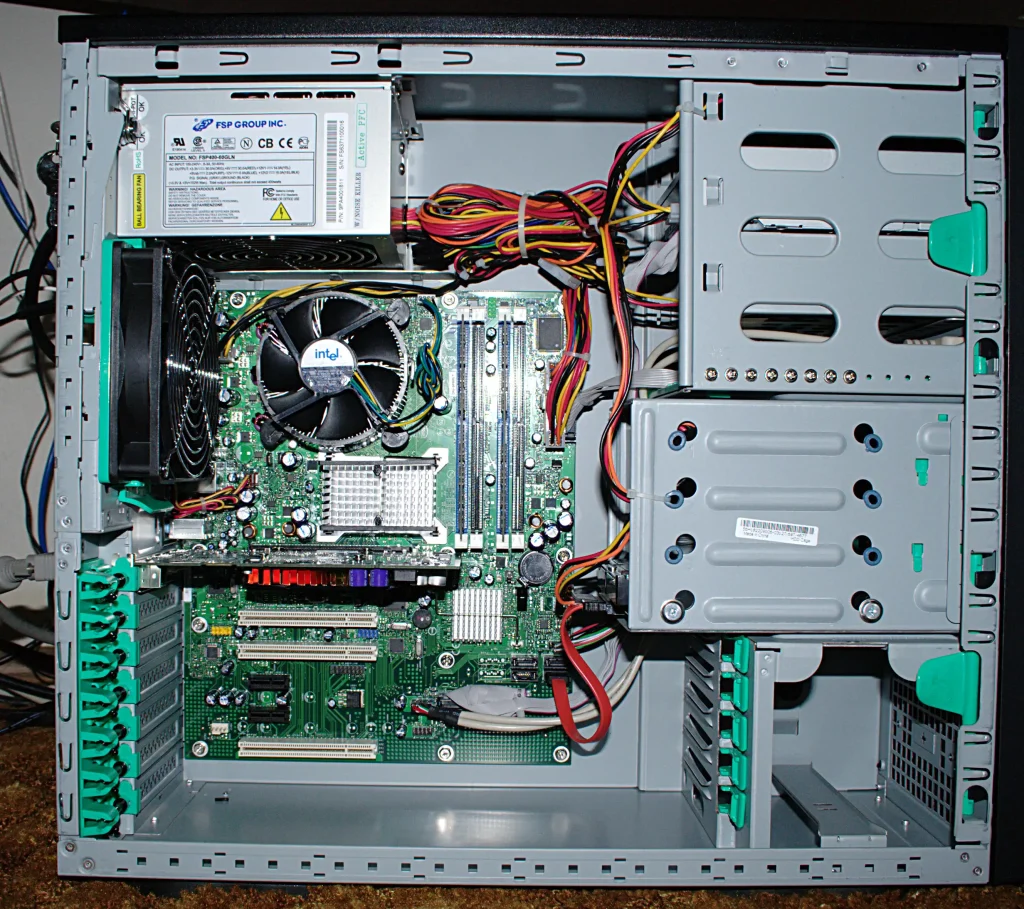
Exploring Software:
Now, let’s talk about the software – the wizardry that makes your computer do all sorts of incredible things. Unlike hardware, you can’t touch or see software, but it’s just as important.
Instructions for Magic:
Software is a set of instructions that tells the hardware what to do. It’s like a recipe for a spell that makes your computer create, calculate, and communicate. When you play a game, write a story, or surf the web, you’re using different types of software.
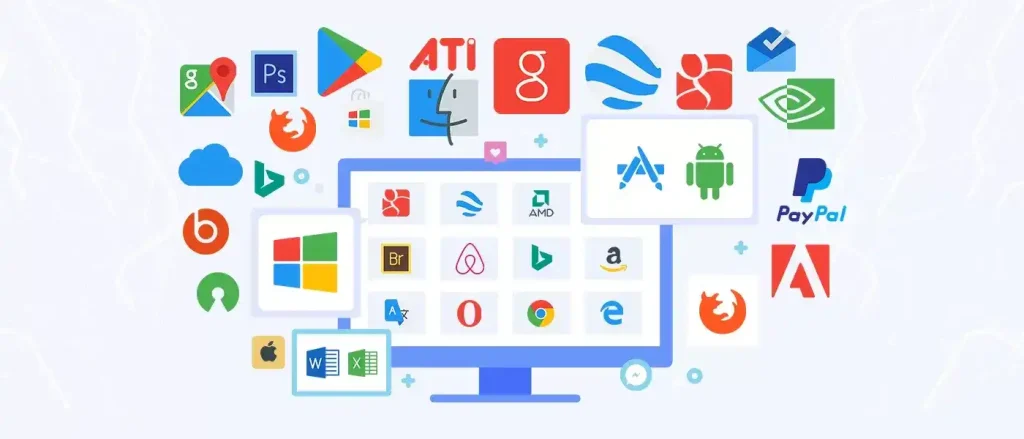
The Dance of Hardware and Software:
Imagine your computer as a grand dance, where hardware and software twirl together to create the perfect performance. The hardware follows the software’s instructions, bringing your computer to life.
Coordinated Dance Steps:
For example, when you click on an icon to open a game, the software tells the hardware to load the game’s code into memory. The CPU then processes the code, and the game appears on your screen, ready to play.
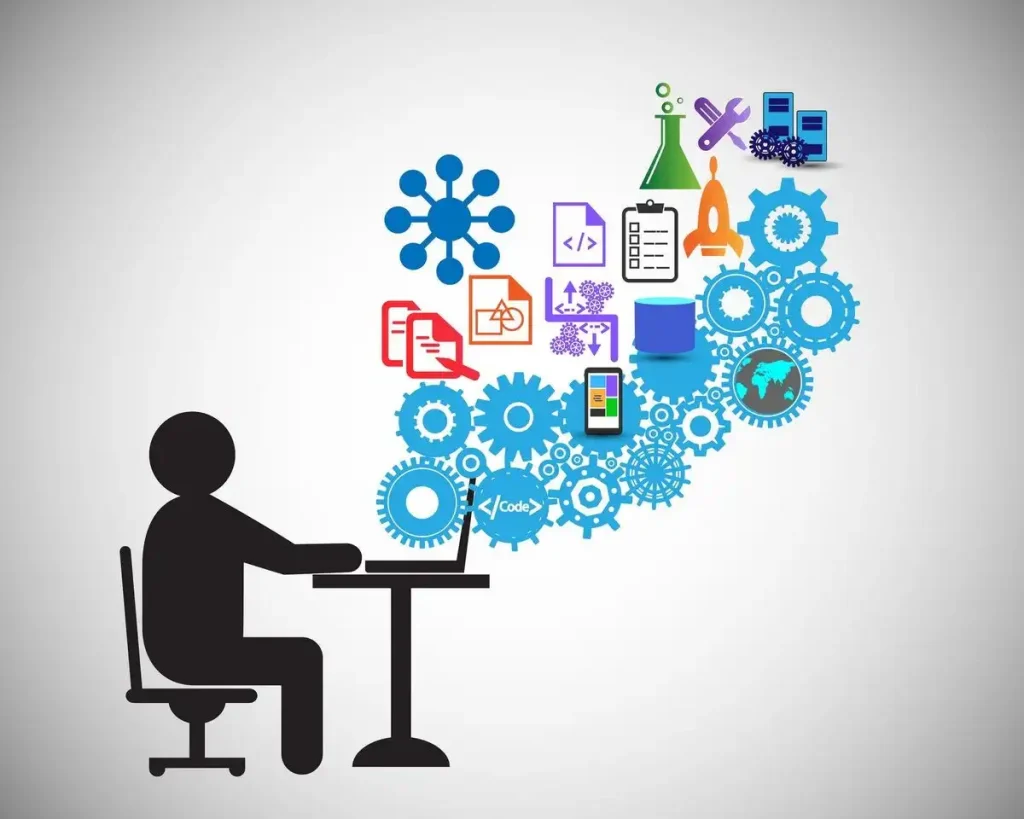
Why the Separation?
Now, you might be wondering, “Why can’t hardware and software be one big happy family?” Well, they have different roles to play, just like actors in a play.
Specialized Roles:
Hardware is designed for specific tasks. The CPU is fantastic at calculations, while the hard drive excels at storing large amounts of data. Software, on the other hand, provides the flexibility to change the computer’s abilities without altering its physical parts.
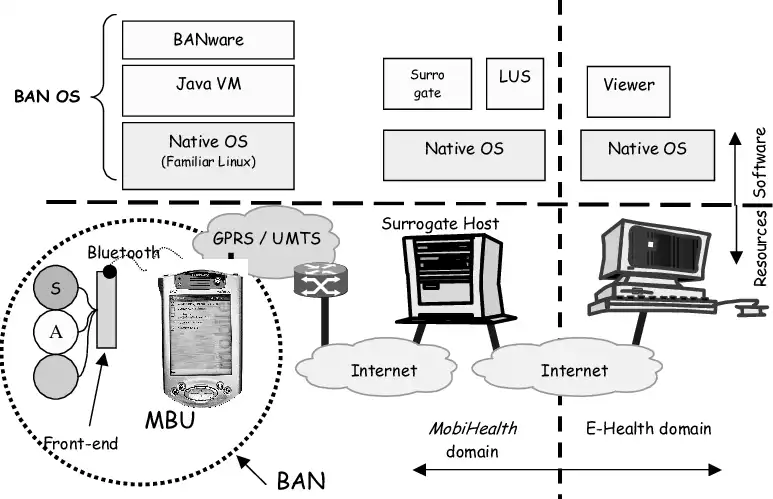
Conclusion:
In the magical world of computers, hardware and software work hand in hand to create the enchanting experiences we love. Understanding their unique roles helps us appreciate the incredible technology behind our everyday devices.
So, next time you use your computer, think about the dance of hardware and software that makes it all possible. It’s like having your very own magic show on your desk!





